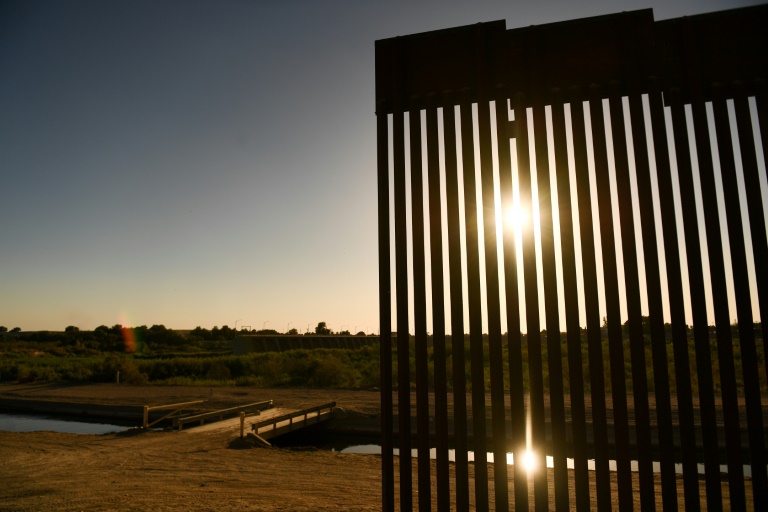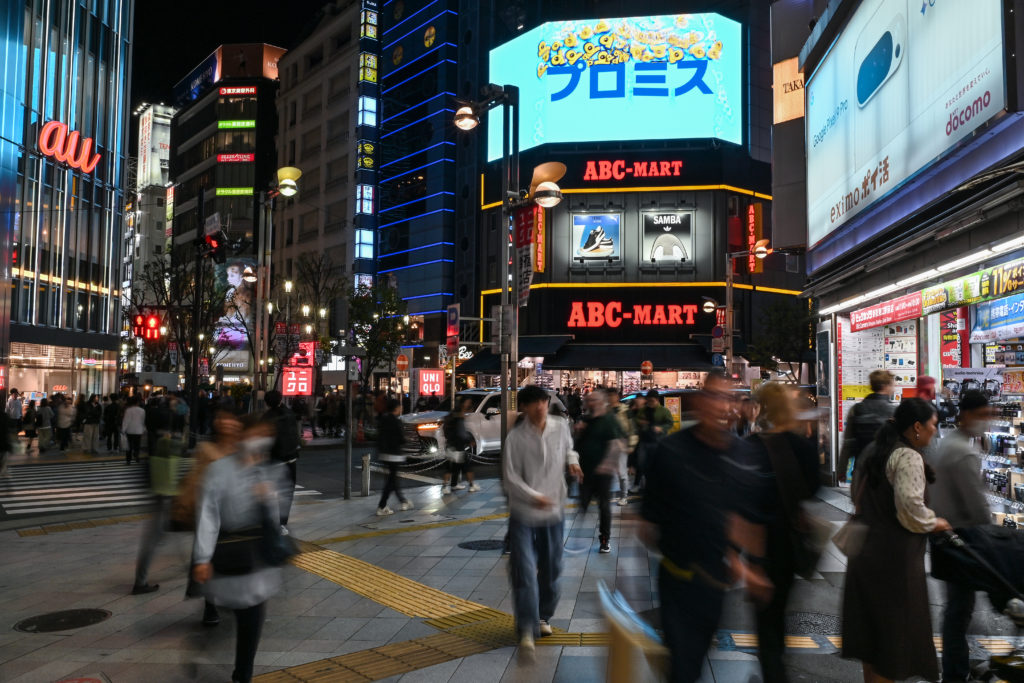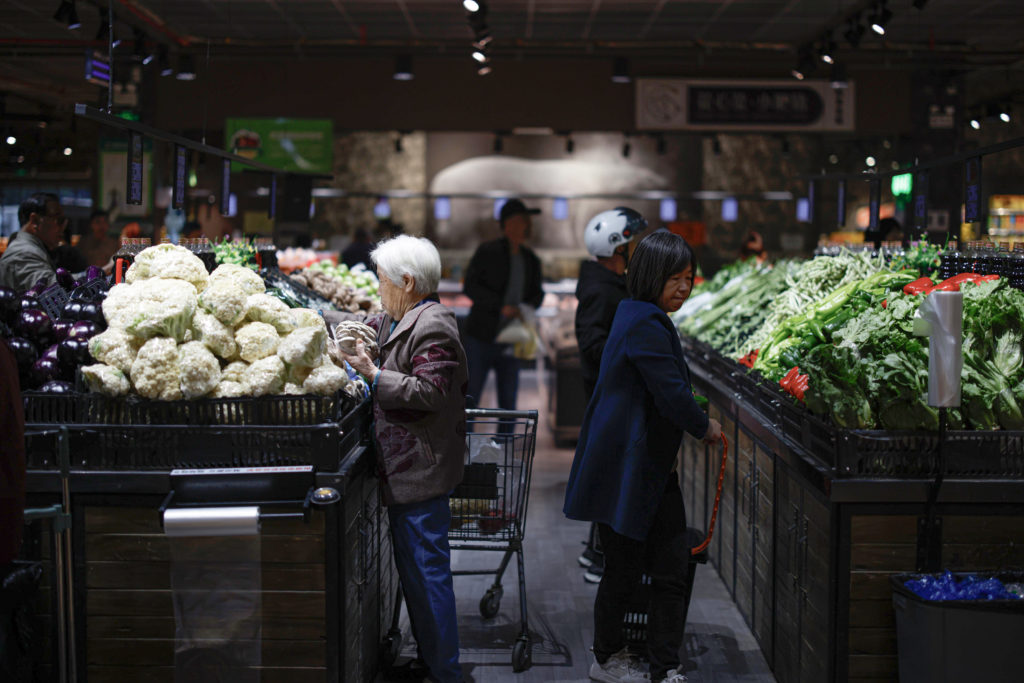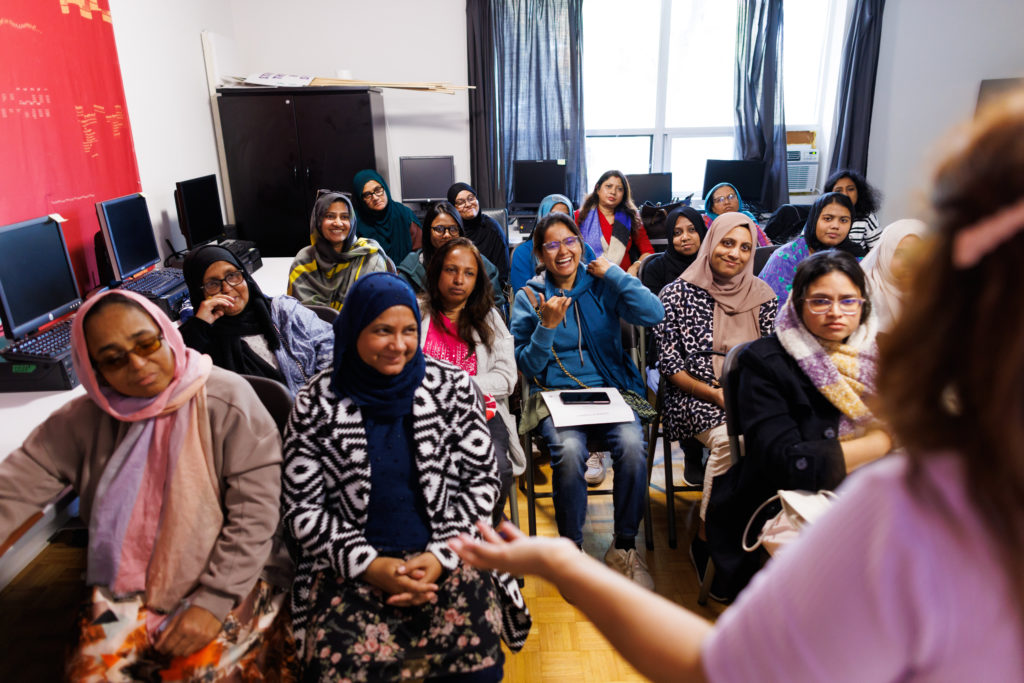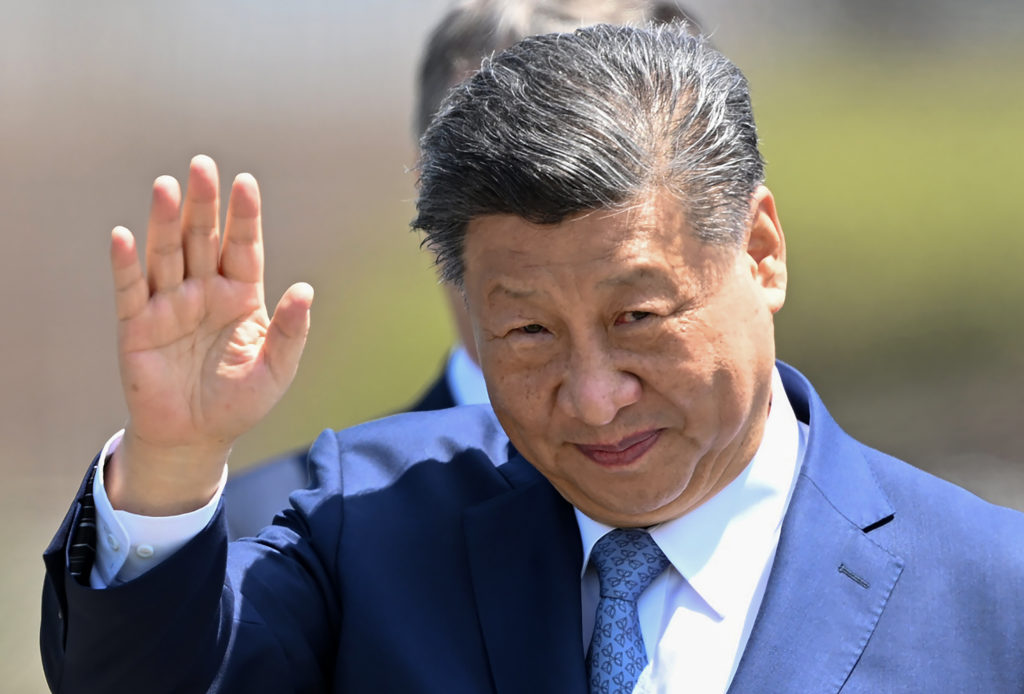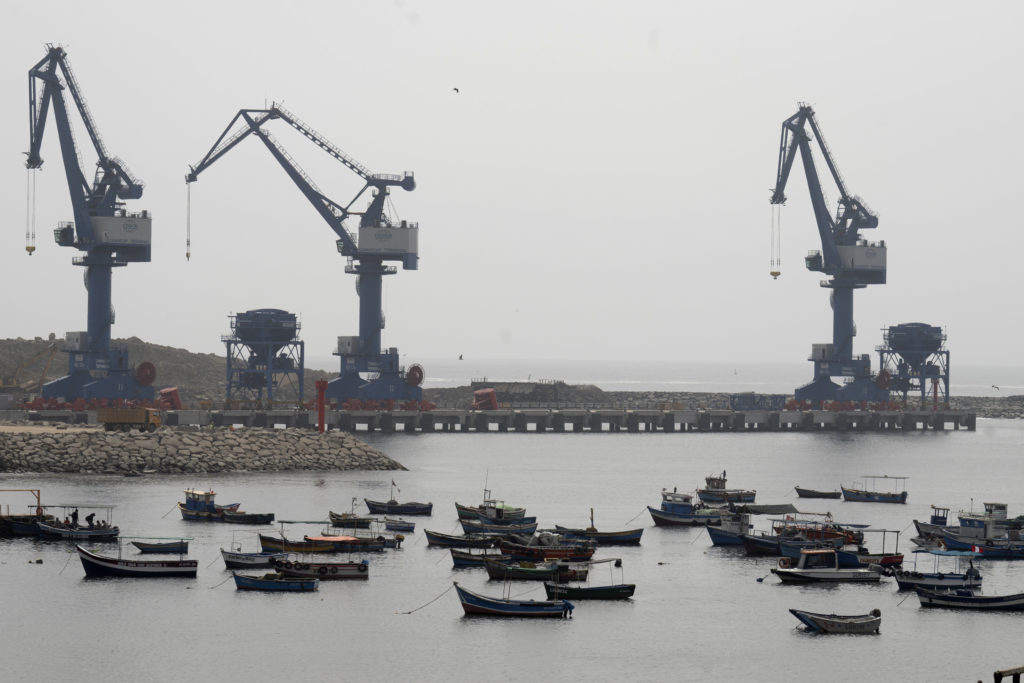When a young Colombian man and his family arrived at the US border early one morning, they helped themselves to bananas and water, then sat down in the shade and waited for American patrol officers.
Like dozens of others who enter the United States every day through this gap in the fence, they are not trying sneak into the country unnoticed.
“We don’t want to cross illegally, we want to ask for asylum,” says the 30-year-old, who asked to remain anonymous and said he was fleeing violence in his home country.
In the United States, the stream of impoverished migrants flowing up through Mexico remains a potent topic in the public discourse, dividing the nation’s politics and coloring relations with countries to the south.
The issue of migration is set to loom large at the Summit of the Americas in Los Angeles this week, even without the presence of Mexican President Andres Manuel Lopez Obrador, who is boycotting the gathering in protest at the exclusion of Venezuela, Nicaragua and Cuba.
Pandemic-era restrictions that allow the summary rejection of an asylum claim remain in force at the border, despite plans by US President Joe Biden to scrap them.
The so-called Title 42 can automatically bar entry to anyone without a visa, but at an informal border crossing in sun-scorched Yuma, the vast majority of those arriving are still able to lodge a claim for asylum, either because of the makeup of their family, the country they came from or the danger they face.
– Buses –
“We’re seeing immigrants from a lot of different countries,” says Customs and Border Protection officer Fidel Cabrera.
The gap in the fence — literally a hole where there is no barrier — is one factor, but the infrastructure on the Mexican side is another.
“The type of migrants we see here now is different from years ago.” Most have the resources to travel by plane, says Cabrera.
“We’re very close to a couple of international airports… (then they) take some kind of public transportation… and they’re here usually within an hour.”
Buses ply the route from airports in Mexicali and Tijuana to Algodones, a Mexican border enclave nicknamed “Molar City” because of its hundreds of dentists offering cut-price fillings to Americans.
From the highway there is a short trudge through scrub and sand to the border.
But with desert temperatures regularly hitting 40 degrees Celsius (104 degrees Fahrenheit), even this walk is unpleasant.
US border guards leave fruit and water for hungry migrants who wait for a patrol to process them.
Since last September, only 11 percent of those who presented themselves to border officials in the Yuma sector have been rejected under Title 42, according to US government data.
The rest of the nearly 150,000 are not automatically granted asylum, but are at least given the chance to present their case.
– ‘Moving on’ –
For Yuma — an otherwise sleepy town where farmers grow a major portion of the nation’s lettuce — the nearly 150,000 people who have passed through this year have not left a mark, says Mayor Douglas Nicholls.
“They all are moving into other communities,” he tells AFP.
“When they’re released from border patrol, they have to have a host family or somewhere where they’re going.
“I’m not aware of anyone that stayed in Yuma longer than a day or two to get their transportation to wherever they’re going.”
After a two-hour wait in the shade of a tree, the young Colombian father presents his papers to a border agent.
No reason is given to waiting reporters, but he and his family will be allowed to lodge their claim for asylum.
He is adamant that he is not one of the economic migrants demonised by some cable news, who hosts say left a perfectly acceptable life just to make more money in the United States.
“No one leaves home just because they want to,” he tells AFP.
“If you go, you go because you have to.”

